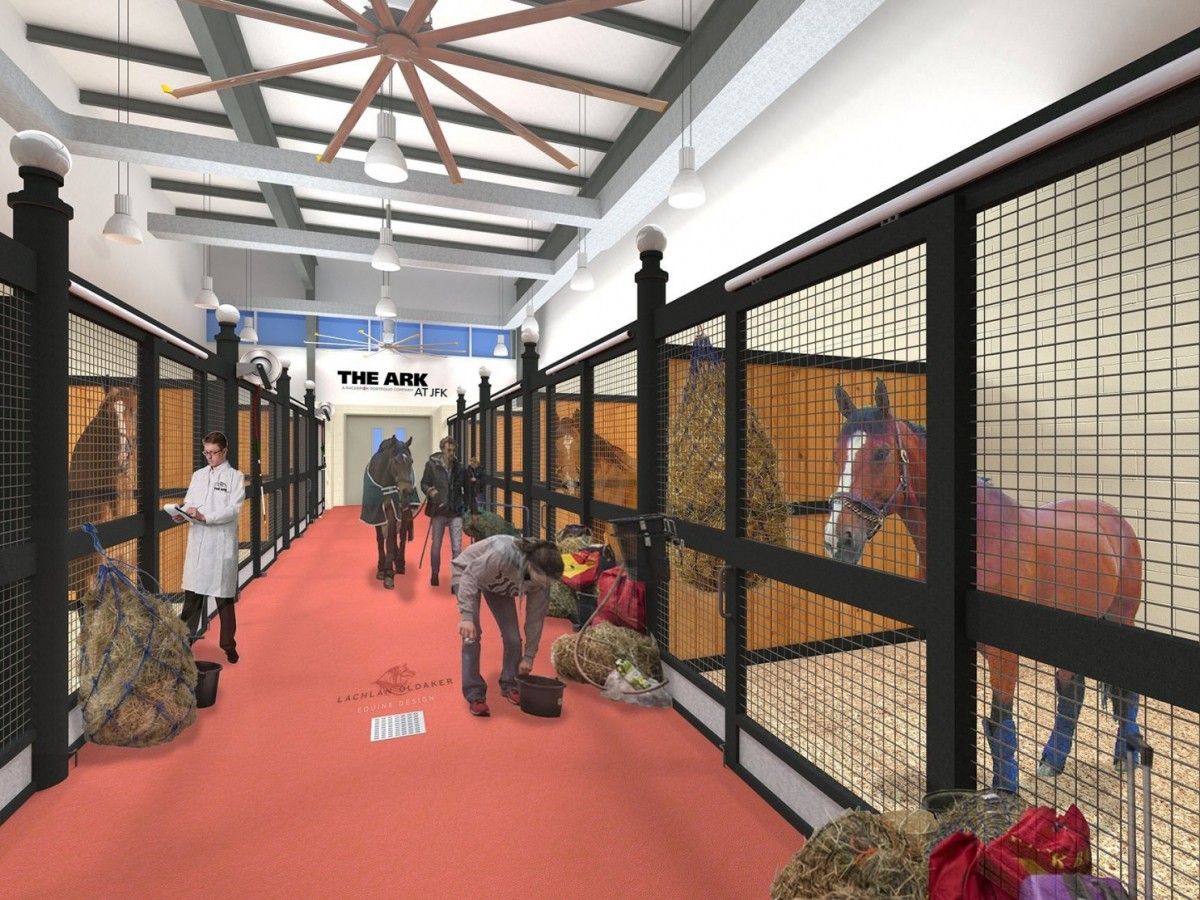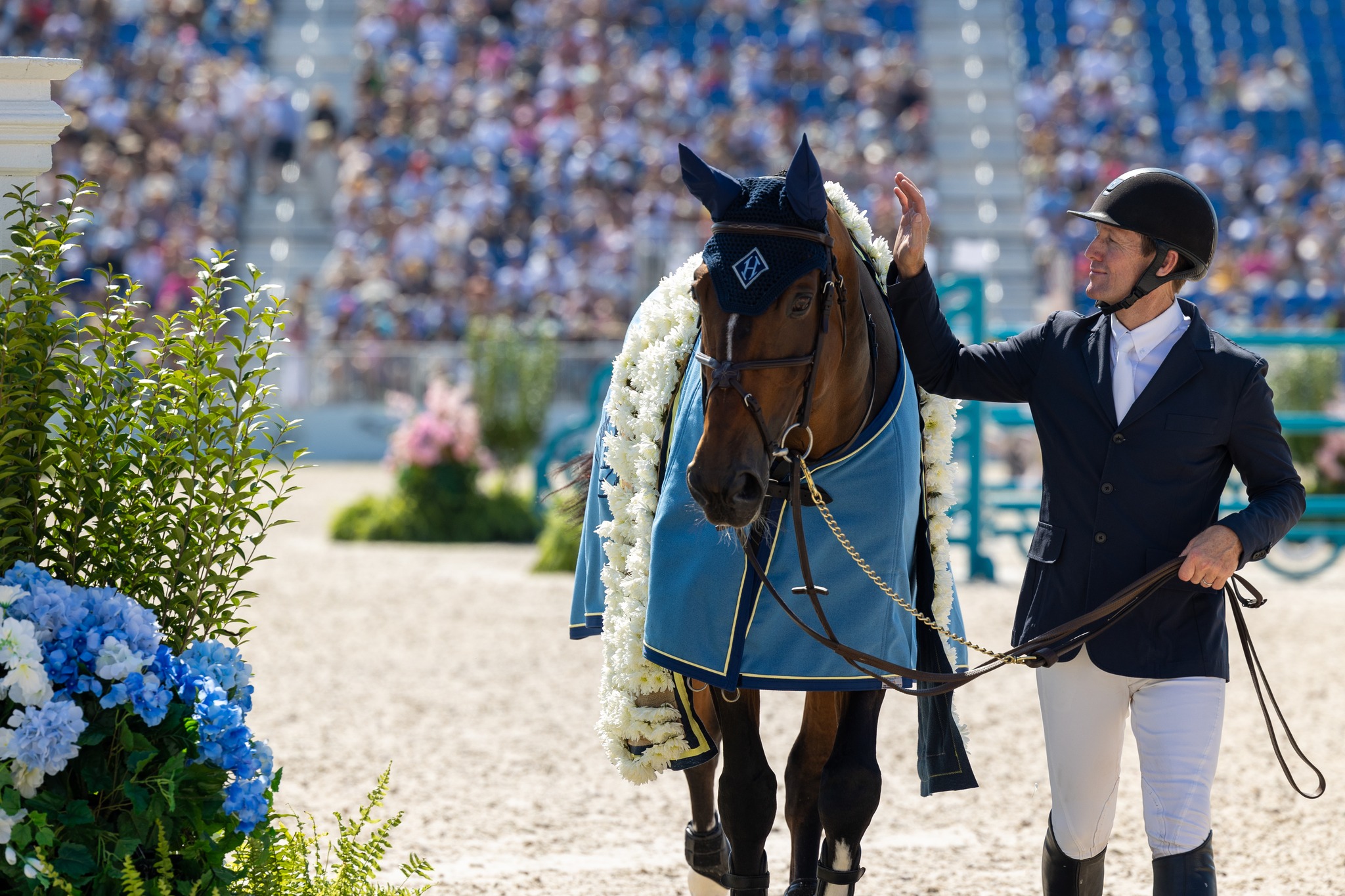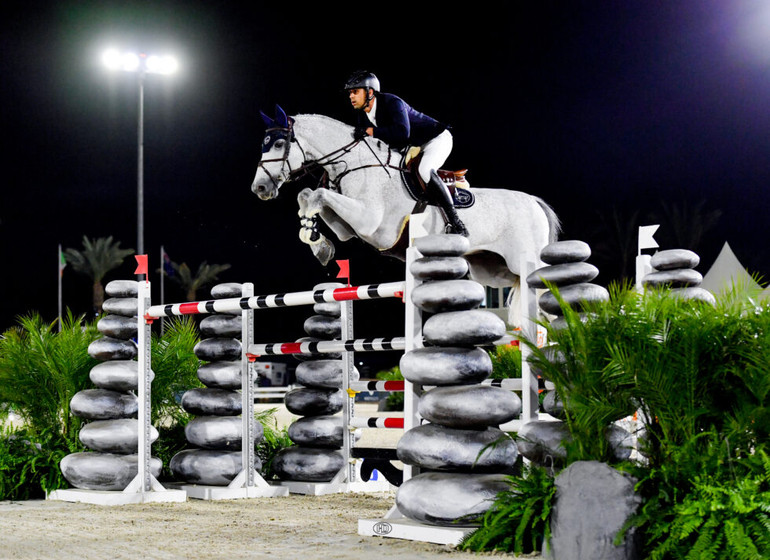We human travelers have airport lounges, wine bars, massage chairs and in-terminal yoga classes. Our pets have a crate and water. In an effort to improve equality among the species, the world’s first privately owned animal terminal and quarantine recently opened at John F. Kennedy International Airport in New York. The ARK at JFK offers round-the-clock service to animals with flight plans. The $65 million center occupies a hulking 178,000-square-foot cargo building that is intimate enough for a munchkin kitten and roomy enough for a Belgian draft horse. The new facility’s mission is to provide a safe, healthy and Zen environment for animals on the go. To ensure the highest standards of care, Racebrook, the company behind the project, partnered with such experts as Cornell University’s College of Veterinary Medicine and the Agriculture Department. “Transporting live cargo by plane can be a complex and stressful process for owners and animals alike,” said John J. Cuticelli Jr., chief executive of Racebrook and founder and chairman of ARK Development. “Our goal is to create a more efficient and safe process by reducing the need for additional travel and offering trained animal care staff pre- and post-flight.” In early January, Racebrook/ARK Development unveiled the first phase of its Dr. Dolittle enterprise — the ARK Pet Oasis and the Equine and Livestock Export Center. The company, which expects the ARK to be fully operational by the second quarter, will next roll out the Equine Quarantine/Import, Grooms’ Lounge and Aviary, which are all part of the ARK Import-Expert Center. In November, I visited the 14.4-acre facility, where workmen outnumbered animals 10 to 0. Nevertheless, Cuticelli showed me around the facility-in-progress. He explained that the ARK caters to travelers who send their animals as cargo and don’t want Precious languishing in the holding tank before or after the trip. (By comparison, owners who carry their pets onboard or check them as luggage have quick access to their animals.) He showed me the area where the majority of companion animals will stay: the Pet Oasis, an airy space with 47 kennels for dogs and a dozen spots for cats.
 The $65 million center occupies a hulking 178,000-square-foot cargo building. In early January, the company unveiled its first phase — the ARK Pet Oasis and the Equine and Livestock Export Center. (Courtesy of ARK Development, LLC)
The $65 million center occupies a hulking 178,000-square-foot cargo building. In early January, the company unveiled its first phase — the ARK Pet Oasis and the Equine and Livestock Export Center. (Courtesy of ARK Development, LLC)


